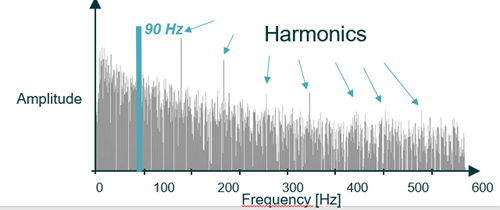ASSR on the Interacoustics Eclipse
There is a common misconception that ASSR is only suitable for detecting severe to profound hearing losses and that ASSR isn’t sensitive enough or able to detect normal hearing. A lot has changed in the world of ASSR since it was first released in the 90’s.
Previous ASSR technology was shown to have poor correlation with behavioural thresholds and was also found to not be as sensitive as ABR. This has all changed with the introduction of the second generation ASSR in the Interacoustics Eclipse.
Interacoustics second generation ASSR now ensures accurate and sensitive results can be obtained all within very efficient timeframes.
These improvements in sensitivity and accuracy are achieved via the implementation of the following technologies. This is achieved via the use of:
1. CE Chirp stimuli. CE Chirp stimuli ensures synchronous activation of the basilar membrane which leads to better SNR and faster testing time. Take a look at our quick video demonstration of CE Chirp.
2. Utilisation of multiple harmonics instead of relying solely on the fundamental frequency

3. Phase coherence – a true response will have a similar phase delay to the stimulus.

Want to know more?
A paper by Sininger et al (2018) compared the thresholds and time taken to perform ASSR and ABR in 4 frequencies in each ear for a group of infants and toddlers. The results they obtained demonstrated lower thresholds were obtained with ASSR; specifically, 14.39dB lower at 500Hz, 10.12 at 1000Hz, 3.73 at 2000Hz and 3.67 at 4000Hz. Further to this there was a significant reduction in test time.
To get a great rundown of the research and application of ASSR, tune in to Dr Yvonne Sininger’s webinar “ASSR findings in Infants” to get in to the nitty gritty of how it all works: Click here
Want to test it out yourself?
Give us a call (02) 8899 1200 or email
Latest Articles

ABR Interacoustics Eclipse

ASSR and ABR Comparison on the Eclipse
